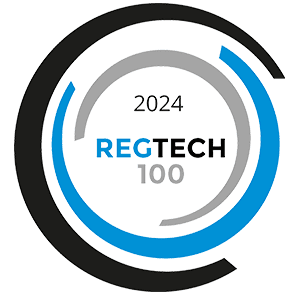What’s in a name? The SEC has found that it’s more than you might think.
In 2001, the Commission put in place the Names Rule, which requires that funds’ names be in line with their focus and with the majority of investments they offer (which are built on the “Investment Company Names” portion of the Investment Company Act of 1940).
According to the rule, if a fund suggests specificity regarding its investment types, then those investments must make up 80 percent of the fund’s assets. Examples include:
-
- A specific region or country where a fund is centered
- A specific industry focus
- A specific type of investment
The goal is to ensure that investor expectations align with the actual makeup of a specific type of fund.
The rule has been stretched over the years as the array of funds available has proliferated. Today’s big concern in the world of fund-naming? ESG.
Why Regulators are Concerned about Fund Naming
ESG has become a focus for the SEC recently, driven by investor sentiment/demand as well as by a strong correlation between ESG performance and financial performance.
Many companies, including investment services providers, would like to increase their potential for earnings by tapping the ESG well. That’s where problems can begin to arise.
According to the SEC, when companies use terms like ESG, sustainability, or green in their names, they give investors an impression regarding their services. The new rule changes will only allow firms to use this terminology if ESG considerations are prioritized above other considerations in the decision-making process.
What Does the New Rule Entail?
The new rule requires a specific level of investment to use specific naming terminology.
-
- Funds can no longer use ESG or similar terms in their names if they only have a small percentage of ESG-focused offerings in their portfolio.
- Funds using terms like “growth” or “value” as part of their name will also face more stringent requirements.
- Funds cannot stray from the named purpose of their investments. If they fall below the required 80 percent threshold, they must make the appropriate updates within 30 days.
How Can Firms Prepare for this Rule Change?
The proposed rule will have a 60-day comment period (beginning from late May 2022). The Commission has indicated that they will allow firms one year to ensure they comply with the final rule’s publication.
In the meantime, firms can evaluate their offerings and document their processes to ensure their funds fit appropriately into the new guidelines. They can evaluate sentiment from their clients and their desire for funds with an ESG focus, then continue to shape their funds and portfolios accordingly.
If your firm is considering offering additional ESG-focused options to its clients, our compliance consultants can help you to ensure that you’ve developed policies and procedures that will protect you and help to keep you in compliance with the SEC’s new guidelines.







